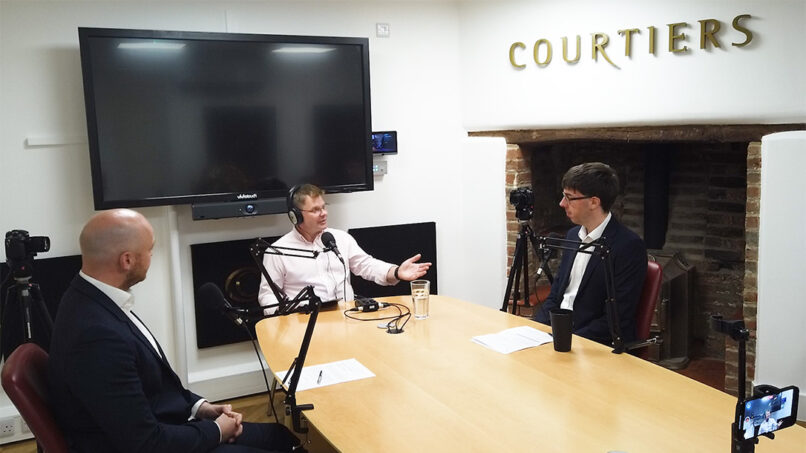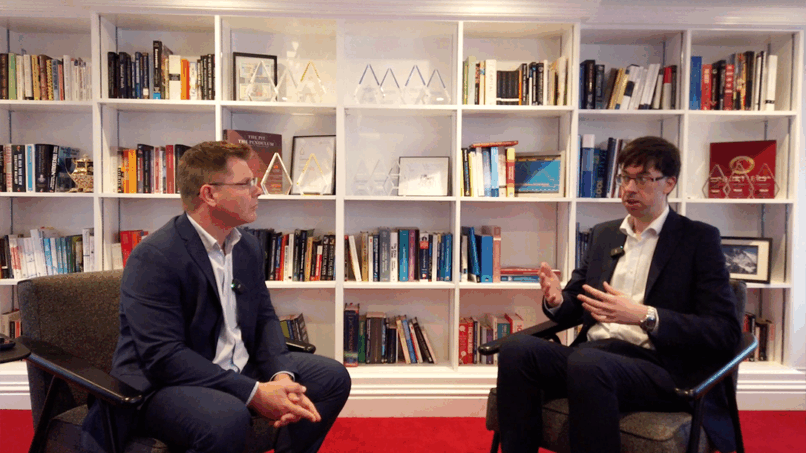After building wealth over many years, there comes a time when people want to access that wealth by drawing an income, usually in retirement. With many clients having both pension savings and money invested in Individual Savings Accounts (ISAs), a question we’re often asked is “which should I draw on?” This is closely linked to “which should I draw on first?”
Following the wealth accumulation phase of life, the decumulation phase as it’s called has its own financial planning challenges. As people move into retirement, the regular salary that was the mainstay of their income stops. This can create a shortfall between income and expenditure that needs to be filled. The gap between retiring and when the state pension and other private pensions kick-in can also leave a period when clients need to draw on their ISA and/or defined contribution pension.
ISA advantages
While as covered in a recent Courtiers Commentary, pensions have the upper hand during the accumulation phase, largely because of tax relief on pension contributions, during the income phase from a tax perspective the situation is reversed. The main reason is that ISA withdrawals are tax free.
In essence, ISAs are taxed on the way in (contributions come out of earned income), while pensions are taxed on the way out. So, while a 40% taxpayer may have received 40% tax relief when they were contributing to a pension, once they retire any income drawn from a pension drawn is taxable at their marginal rate. That said, the tax rate is often lower than when they worked.
When it comes to accessing savings, ISA are also more flexible than pensions. Unless it’s a Lifetime ISA, or a fixed-term Cash ISA, ISA savings can be accessed tax-free at any time. In contrast, money in a defined contribution (DC) pension cannot be accessed until a person reaches 55 (57 from 2028).
Making use of both
While drawing income from an ISA during the decumulation has these two significant advantages the reality is that as we find with many clients, it’s rarely quite as simple as that.
First, it shouldn’t be forgotten that people can withdraw up to 25% of their DC pension as a tax-free lump sum. This can be taken at the commencement of their pension, or in stages, perhaps phased in with other income over a number of years increasing tax-free income and reducing the income tax bill.
Our experience of working with clients is that the decision on whether to draw on a pension or an ISA need not be a binary one. Depending on a client’s circumstances, goals and objectives, there can often be advantages for taking income from both. For example, when approaching an income tax threshold, we sometimes advise clients to use income from an ISA to top up income rather than increasing pension income, which is taxable.
Taking £5,000 out of an ISA and adding it to a pension withdrawal equal to the £12,570 annual allowance, which produces an annual income of £17,570 on which there’s no income tax to pay is an example of the tax advantages of this dual track approach.
Careful financial planning
Careful financial planning is vital. For example, while drawing all your income from an ISA in the early stages of retirement would mean tax-free income, it risks wasting the £12,570 tax-free personal allowance and could deplete tax-free income in later life, potentially resulting in a bigger tax-bill overall. For clients, who also hold investments in a collective and wish to draw on them for income, the situation can be even more complicated. This is where detailed financial planning with your Adviser really comes into its own.
It’s important to be aware that not all ISAs are the same. Flexible ISAs, such as the Courtiers ISA allow clients to withdraw income tax free and to put back the money without it affecting their annual subscription allowance as long as it’s done in the same tax year. This means that clients can both accumulate and decumulate without being penalised.
See the big picture
Decisions on whether to withdraw money from an ISA or a pension should never be taken in isolation. Any withdrawal strategy should be part of an overall financial plan taking into account individual circumstances, goals and objectives.
Working closely with clients to get all aspects of their withdrawal strategy right, including the use of cashflow modelling to test different scenarios, can make a real difference to ensuring that clients don’t deplete their capital and aren’t deflected from achieving their long-term goals and objectives. Any withdrawal strategy should also take into account how it might affect plans to pass on wealth.













